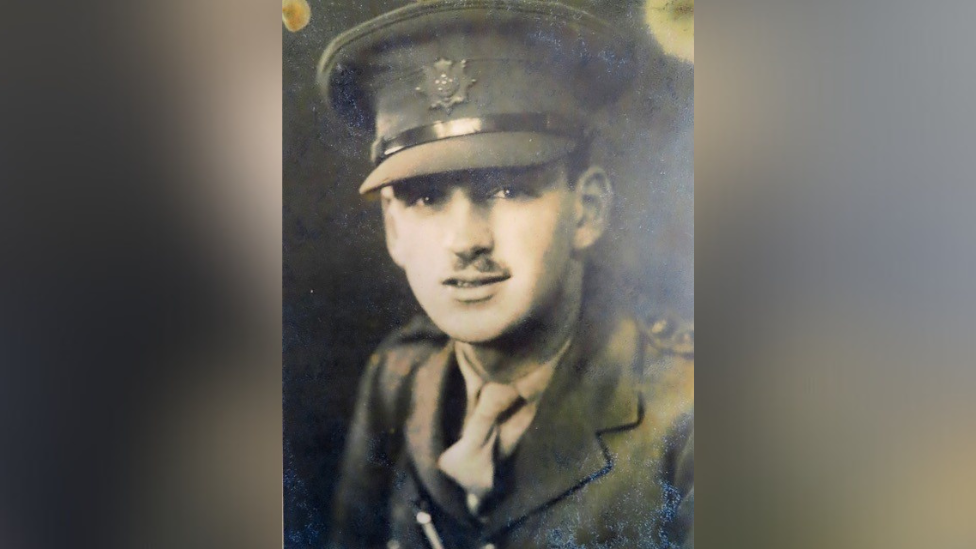Historic military vehicle owners to mark D-Day
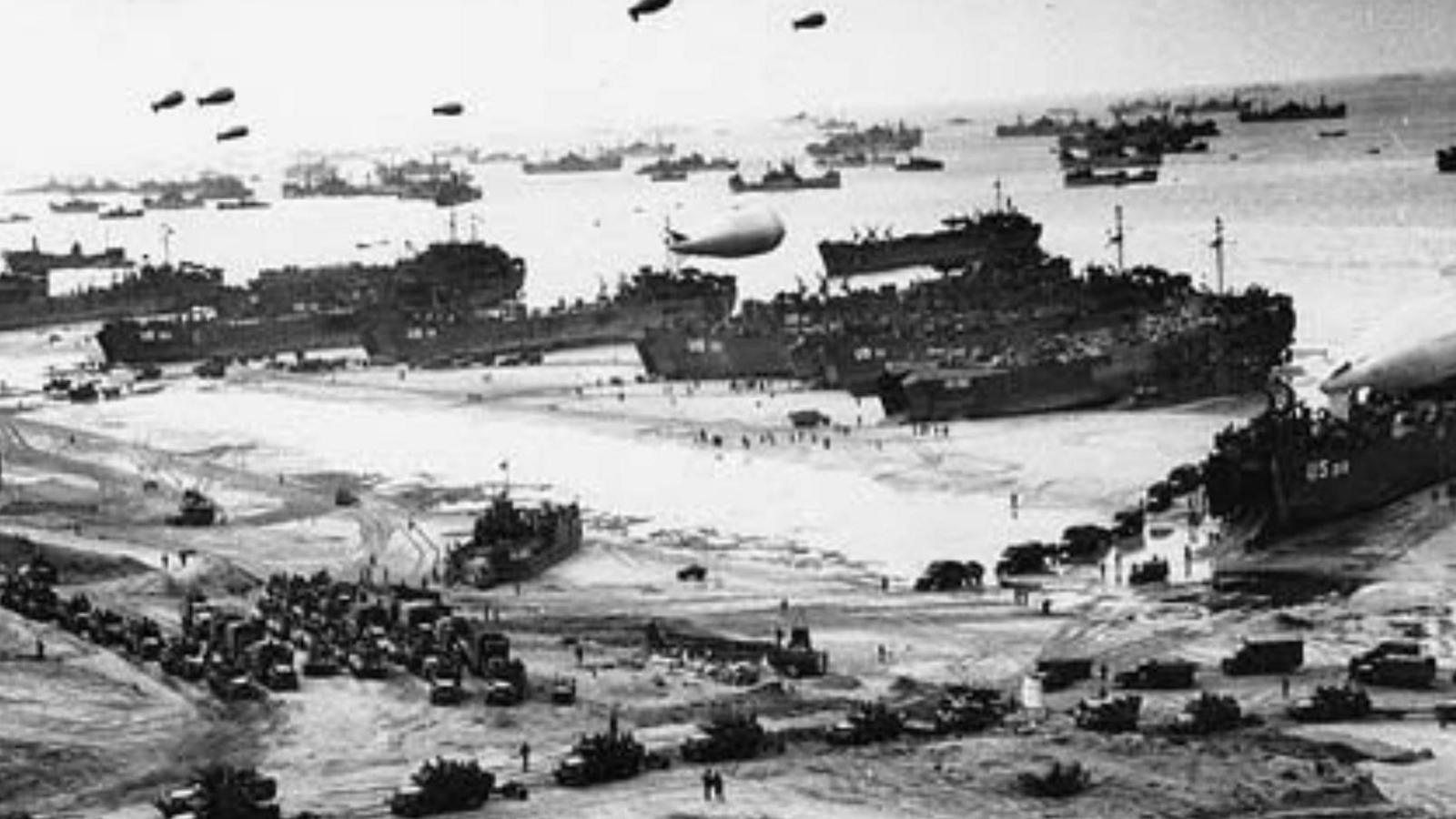
Allied forces landed on five Normandy beaches - codenamed Utah, Omaha, Gold, Juno and Sword
- Published
Members of a West Sussex military vehicle preservation society are preparing to join a "landing force" in northern France to mark D-Day.
Thousands of people visit Normandy each year for the annual commemorations – a weekend packed with emotion and pride for many.
To mark the 80th anniversary, around 300 restored military vehicles - from bicycles to lorries - will gather in northern France for a five-day tour.
“You can't move. It becomes gridlocked in France,” said Andy, who runs the West Sussex branch of the Military Vehicle Trust (MVT).
On 6 June 1944, Allied forces conducted the largest invasion in history, which would push the Nazis back through Europe.
Eighty years later, over 1,000 MVT members will travel from across Europe for the anniversary.
Andy, who did not want to give his surname, said: “There is a lot of interest from across Europe - from the Italians, the Germans, the French, the Dutch especially.
"They come from all over Europe to help commemorate and dress up.”
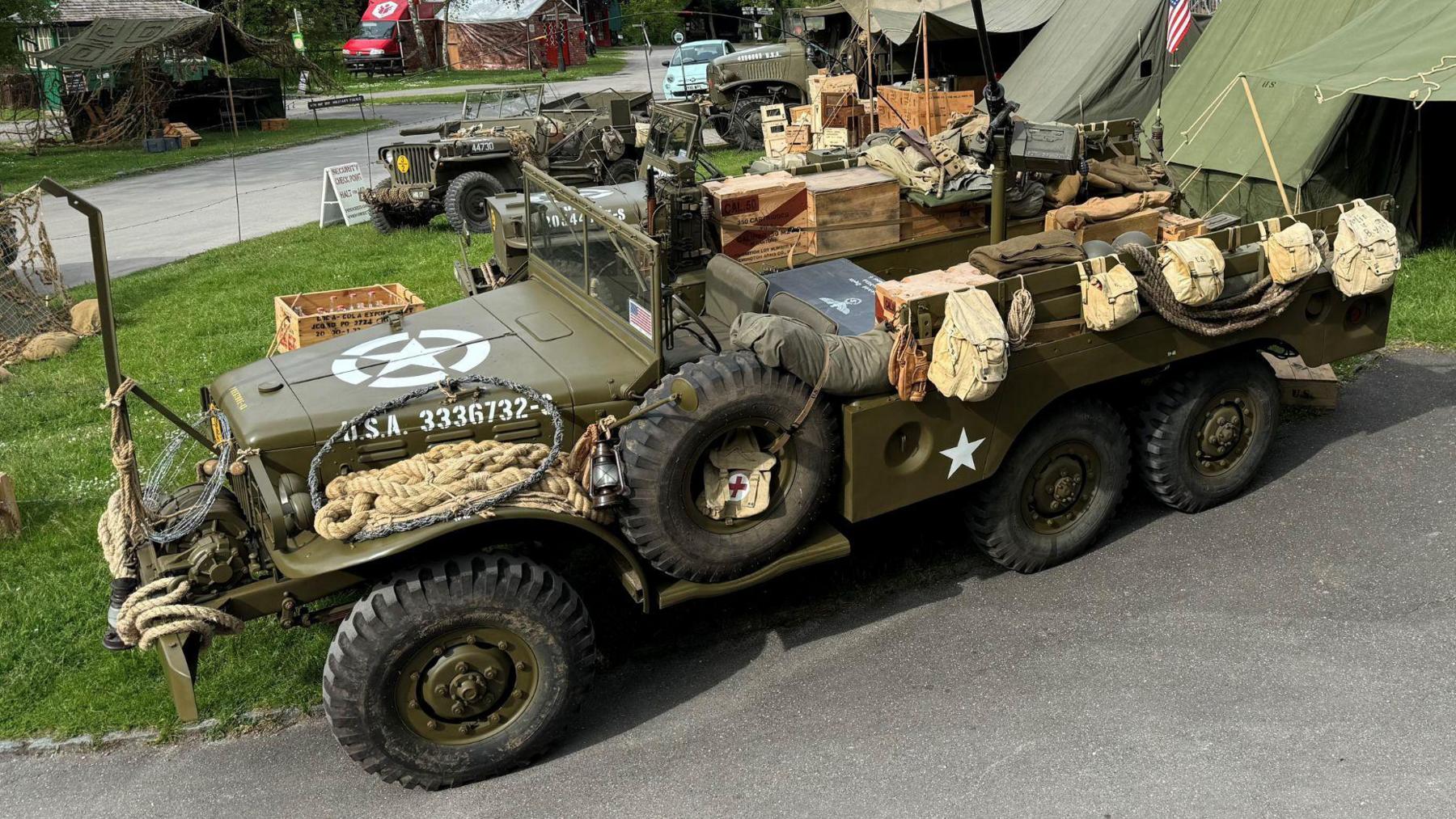
Some of the 148,000 vehicles used in the D-Day landings have been restored
The MVT says its mission is to keep "mechanical veterans alive”.
It will take motorcycles, Jeeps, command cars, ambulances, trucks and a host of other vehicles to take part in various events in France between 4-9 June.
It will be the MVT's 50th year of running the annual journey.
Andy said: “There’ll be commemorations on the beaches, there’ll be big parades through some of the key towns and villages where battles were, military affairs, dances, beacons being lit.
"It’s just a weekend of commemoration of the liberation.”
Many of the remaining veterans still make the annual trip to mark what became the turning point of World War Two.

Bad weather meant the landings were postponed from 5 June until 6 June
But it is not just the older generations who enjoy the displays, Andy explains.
“It's surprising. There’s a lot of youngsters coming into it, but it can be quite an expensive hobby,” he said.
“It's good to see the youngsters there. You'll see everything from 17 or18-year olds right up to people that were there at the time - veterans coming back with their families.”
Over 155,000 troops descended on five beaches along the French coast by sea and air on D-Day.
In all, 4,415 allied personnel lost their lives, according o the D-Day Story museum, external, which is dedicated to the Normandy landings.
The Royal British Legion estimates that roughly 300,000 British and Commonwealth World War Two veterans are still alive today.
Follow BBC Sussex on Facebook, external, on X, external, and on Instagram, external. Send your story ideas to southeasttoday@bbc.co.uk, external or WhatsApp us on 08081 002250.
Related topics
Related internet links
- Published6 June 2024
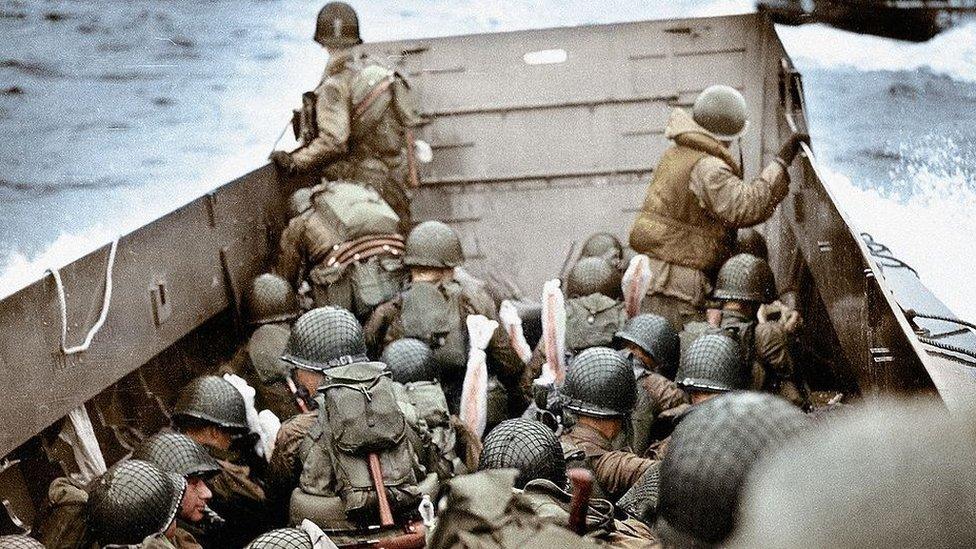
- Published17 May 2024
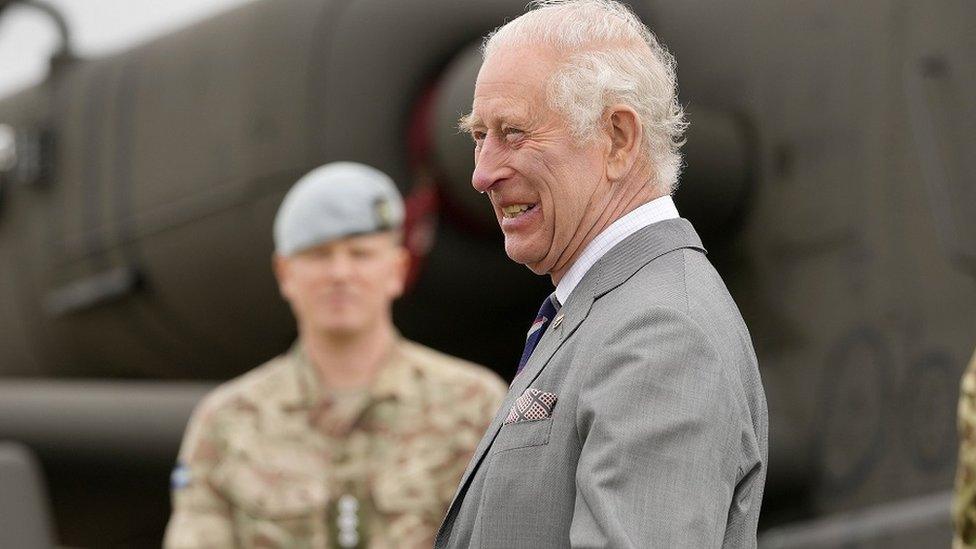
- Published18 May 2024
